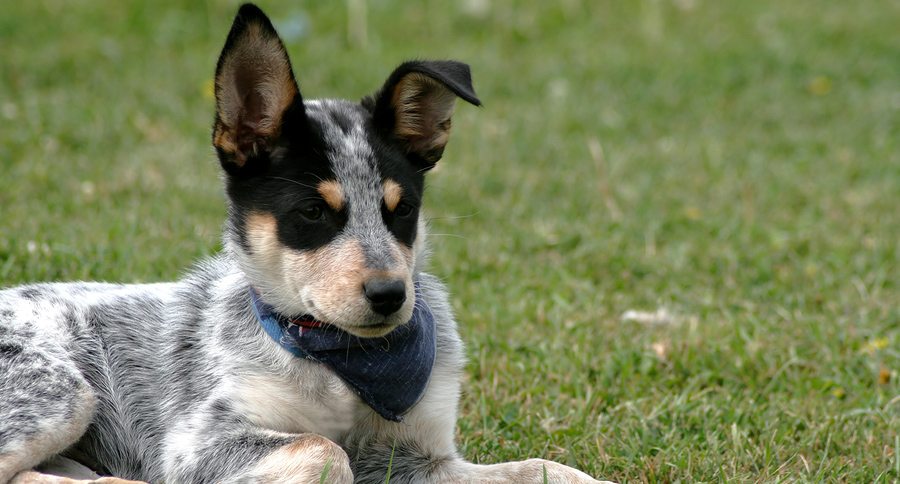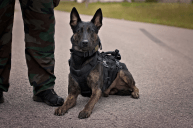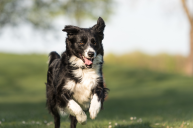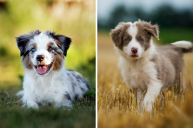An intelligent, high-energy working dog, the Australian Cattle Dog (ACD) is America's 54th most popular dog breed, and has been recognized by the American Kennel Club (AKC) since 1980.
A crucial player in the development of Australia's beef industry, the ACD is a unique dog with an interesting history stretching back to the mid 1800s. If you're looking for an athletic, incredibly intelligent dog to add to your family, the ACD might be for you.
Australian Cattle Dog History
In 1840, a Queensland, Australia man, George Elliott, began breeding Dingo-blue merle Collie crosses in the hopes of creating a good working dog. He succeeded. The puppies he produced turned into such able working dogs, that cattlemen began purchasing Elliott's puppies for themselves. Among those who purchased the puppies were Jack and Harry Bagust, two brothers.
The Bagusts sought to improve upon the puppies' working abilities. What they wanted was to create a dog that could work well with horses and remain ever-faithful to his master. After crossing the dogs with a Dalmatian (for color), and a black and tan Kelpie (for herding instinct), a new sort of dog began to emerge.
https://www.instagram.com/p/B-YslvwCUZ4/
This new dog was a compact, thicker set version of the Dingo in body type, with unique, speckled markings in either red or blue. These were the predecessors of today's ACD. The blue variety earned the name "Blue Heeler" or "Australian Heeler," and in Queensland, where it was so important to the success of the cattle industry, "Queensland Heeler," "Red Heeler," or "Queensland Blue Heeler."
In 1893, Robert Kaleski took the reins and began breeding Blue Heelers. He is ultimately responsible for developing the breed standard of the cattle dog breed as we know it today.
Caring for the ACD
The ACD has an abundance of physical and mental energy, so having a job to do, and one that exercises both his mind and his body, is crucial to the ACD's general wellbeing. Many ACD owners have put their dogs' energy and intelligence to good use, training them in agility, herding, tracking, and obedience.
If you're thinking of adding an ACD to your household, be prepared to spend a lot of time keeping him exercised and sufficiently stimulated. This is not a breed that will do well cooped up in a small space with little exercise. Herding dogs are active dogs with high levels of energy, and are a lot of work.
https://www.instagram.com/p/B-a9WvdnwwL/
Described by the American Kennel Club as alert, curious, and pleasant, the ACD will make a loyal, protective, and obedient companion for an owner who is willing to accommodate this breed's high energy levels and constant need for mental stimulation. They should not be left alone for long periods of time.
The ACD has a weather-resistant double coat that consists of a short dense undercoat and a short, straight outer coat.
With any dog it is crucial for an owner to establish himself or herself as the boss from the get-go, but consistent dog training is especially important for owners of this highly intelligent breed. Early socialization is also important and can set puppies up for a happy, peaceful life with their families. The average lifespan of the ACD is 12-16 years and general health problems include elbow dysplasia and hip dysplasia.
Hover over the image for more information.
Finding an ACD for Your Home
To find yourself a cattle dog puppy or to adopt an adult dog, visit the Australian Cattle Dog Club of America for reputable resources.
https://www.instagram.com/p/B-a4LctnCIN/
Some of the smartest dogs are a herding breed. The border collie excels at learning hand signals!
Do you have an ACD? Show us in the comments below!
WATCH NOW: Marshal the Blind Australian Cattle Dog Isn't Slowing Down!




